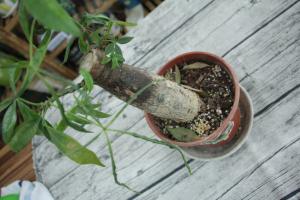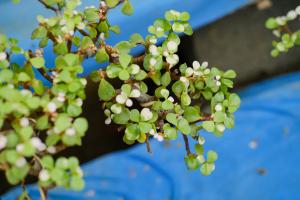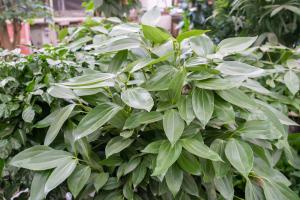Tequila: The Spirit Made from the Blue Agave Plant
The Blue Agave Plant
Tequila is a popular alcoholic beverage that is enjoyed around the world. What many people don't realize is that tequila is made from a plant called the blue agave, which is primarily grown in the highlands surrounding the city of Tequila and in the lowlands of Jalisco, Mexico. The blue agave plant is a member of the agave family and has been used for thousands of years to make tequila.
The blue agave plant is a succulent and is similar in appearance to a cactus. It has long, fleshy leaves that tend to be blue-green in color, giving the plant its name. The blue agave is known for its ability to store water in its leaves and the sap that is extracted from the plant is sweet and slightly acidic. When the plant is mature, it can reach a height of up to 8 feet and can weigh over 150 pounds.
The Tequila Making Process
To make tequila, the blue agave plant is harvested and its leaves are removed, leaving only the heart or pi?a. The pi?a is then roasted or baked to break down its complex sugars into simple sugars, which will later be fermented into alcohol. After roasting, the pi?a is crushed to extract its juice, which is then fermented using yeast. The resulting liquid is then distilled at least twice to produce tequila.
There are two main types of tequila: 100% agave and mixto. 100% agave tequila is made entirely from the blue agave plant while mixto tequila is made from a blend of blue agave and other sugars, usually corn or cane sugar. The type of tequila and the amount of time it is aged will determine its flavor profile.
Types of Tequila
Tequila is generally categorized into five distinct types: Blanco, Reposado, A?ejo, Extra A?ejo, and Joven. Blanco tequila is unaged and has a distinct flavor that is often described as herbaceous, earthy, and slightly sweet. Reposado tequila is aged between 2 and 12 months in oak barrels, giving it a smoother taste and a golden color. A?ejo tequila is aged for at least a year in oak barrels, giving it a darker color and a more complex flavor. Extra A?ejo tequila is aged for at least three years in oak barrels and has a rich and smooth flavor profile. Joven tequila is a blend of Blanco and A?ejo tequilas that results in a unique flavor profile.
In conclusion, tequila is made from the blue agave plant, which is primarily grown in Mexico. The tequila making process involves harvesting the plant, extracting its juice, fermenting it, and then distilling it. The resulting tequila can be classified into five distinct types, each with its own unique flavor profile. So the next time you enjoy a shot of tequila, remember the hard work and time that went into creating this delicious spirit.

 how many times do yo...
how many times do yo... how many planted tre...
how many planted tre... how many pine trees ...
how many pine trees ... how many pecan trees...
how many pecan trees... how many plants comp...
how many plants comp... how many plants can ...
how many plants can ... how many plants and ...
how many plants and ... how many pepper plan...
how many pepper plan...































